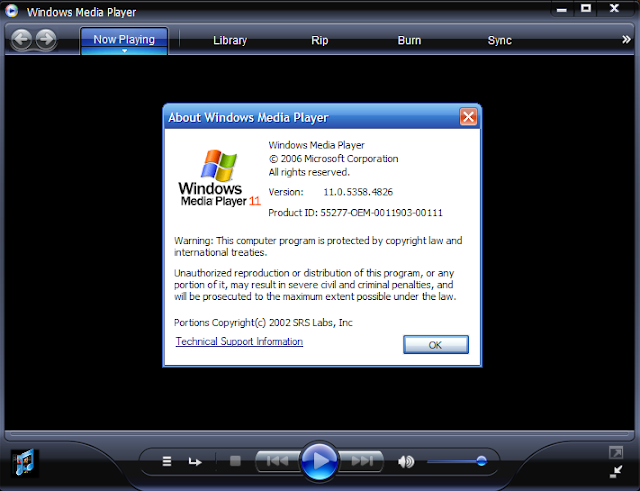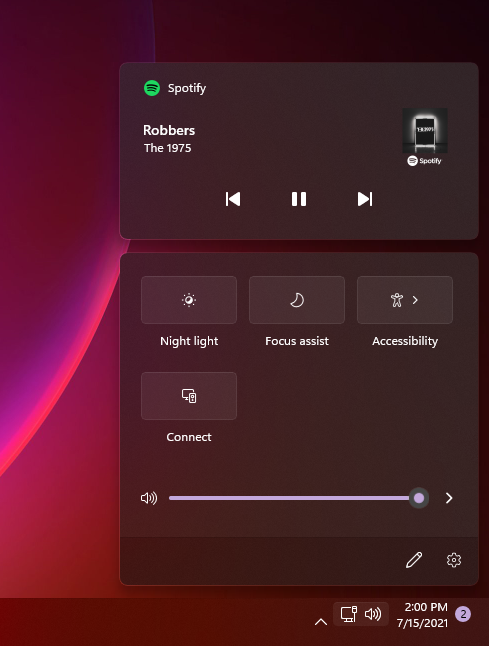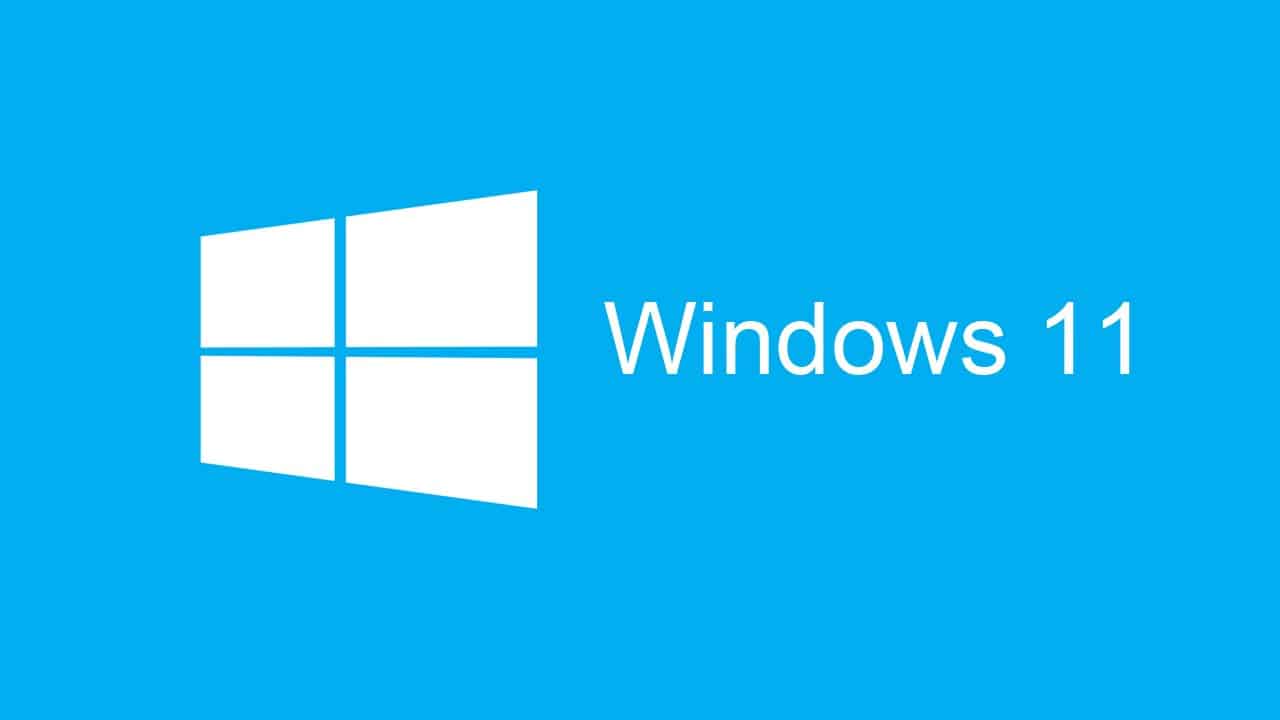
(Since it isn’t documented, the exact behavior could be different, and potentially could change.) Now, it appears that the value of 3 just sets the default privacy settings to “off” and doesn’t prompt the user to specify those. Initially, this setting controlled the Windows Update behavior, but it appears that it no longer does that (at least for Windows 10 and above). The Microsoft documentation for this setting is awful. This is another simple modification: It sets the ProtectYourPC setting in the unattend.xml file to 3.

Remove requirement for an online Microsoft account.Check either box, the same things happen. Secure Boot and TPM 2.0) without the other (4GB+ RAM, 64GB+ disk). There doesn’t appear to be any way to get one (e.g. That likely causes the appraiser to completely fail, so in effect it bypasses all checks. It also does something a little more hack-ish: It removes the \Sources\appraiserres.dll file from the media and replaces it with an empty file. ( Edit 7/26: They do work even with current media, see this new post.) But those likely don’t do any good as those entries were only valid with the original Windows 11 Insider builds. This one is interesting because it does two different things: It sets the HKLM\System\Setup\LabConfig registry entries via unattend.xml RunSynchronousCommand entries, “BypassTPMCheck”, “BypassSecureBootCheck”, “BypassRAMCheck.” It also tries to set those directly in the registry of the offline OS. Remove requirement for 4GB+ RAM and 64GB+ disk.Remove requirement for Secure Boot and TPM 2.0.

The source code for these options can be found here. The available “tweaks” can be found in a simple dialog box:

Fortunately, since Rufus is open source, we can just look at the source code on GitHub to figure it out. But no one ever actually explains what these are doing behind the scenes. I keep seeing messages on social media about using Rufus to work around various things in the Windows 11 installation process that people don’t like.


 0 kommentar(er)
0 kommentar(er)
